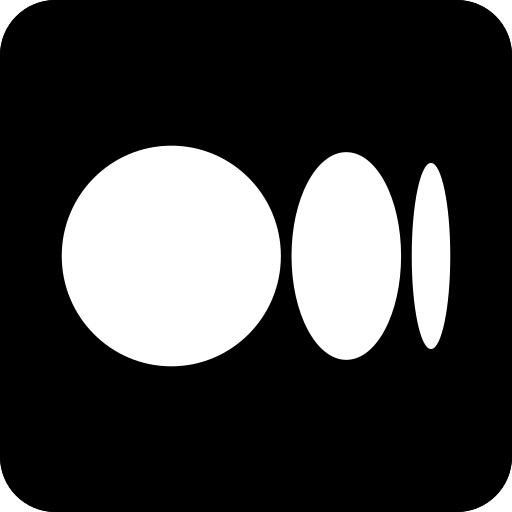The ways that patient well-being is monitored in medical facilities have been transformed by constant improvements and breakthroughs in sensor and connection technologies. The amount of unfiltered and disorganised data available to doctors for decision-making has increased as it transitioned from ad-hoc to constant monitoring of various parameters. Healthcare providers now have access to easier ways, although current gadgets are significantly more complicated than those from the past. Patient monitoring systems typically include sensors to record vital patient data (such as heart rate) and connectivity options to transport the data to stationary devices, such as PCBs, connectors, wire, etc.
In the following article, we will analyse what are the different components of a patient monitor, their uses and how they are providing quality health care.
Types of Patient Monitoring Systems
Basically, there are two types of patient monitoring systems:
a) Single Parameter Monitoring Systems
These patient monitoring devices track various patient data, including ECG, SpO2, and blood pressure.
b) Multi Parameter Monitoring Systems
These patient monitoring devices keep track of a number of important physiological vital signs, including blood pressure, electrocardiogram, and breathing rate.
Components of Patient Monitoring Systyem
Each patient monitoring system could be unique, but the components of a patient monitoring system are classified into three general categories: the actual patient monitoring device, the capital equipment, and the software. Let’s understand them in detail:
1. Patient monitoring device
The patient monitoring device is the piece of equipment that comes into contact with the patient. The typical patient monitoring gadget has a sensor for recording crucial patient data and a means of interconnecting it with the capital equipment. A patient monitoring device component might be the part of a pulse oximeter that attaches to the patient’s finger and senses and sends the pulse to the capital equipment.
2. The Capital Equipment
The equipment gathers crucial patient data from the patient monitoring device and processes, stores, and displays it. The capital equipment is the equipment that handles, records, and displays this data. A sophisticated interface system involving connectors, PCBs, wire harnesses, and some sort of screen or display are used by the majority of capital equipment used in patient monitoring, allowing data to be shared in a usable format.
3. The Software
The patient information needs to be processed after it has been sent from sensor to the capital equipment. Hardware collects the data, but software makes it usable. A patient monitoring system cannot function without the drivers, programmes, and applications that analyze, store, and visually convert the information.
Application and Benefits
Patient monitoring systems are employed in a variety of settings. Any surgical procedure in an ICU requires patient monitoring systems. The surgeon needs constant monitoring to of the patient’s vital signs during an operation to reduce the possibility of a bad outcome. A thermometer of some kind, a pulse oximeter to test oxygen levels, a capnography equipment to monitor CO2 levels, and a blood pressure monitor to measure blood pressure can all be found in an operating room.
On the other hand, diabetes patients have long utilised glucose monitoring devices outside of hospitals to help them and their doctors avoid life-threatening medical situations. Vital information including electrocardiograms, respiration rates, blood pressure, etc. are transmitted using multi-parameter patient monitoring systems. Patient monitoring systems offer constant view of the patient’s physiological state and deliver prompt therapy when necessary for persistent observation of the patient.
Takeaway
It seems doubtful that the demand for patient monitoring systems will decrease. Medical device patent applications have increased in recent years. They will undoubtedly continue to expand as a vital element of the healthcare sectors as a whole, thus it is reasonable to assume that they are here to stay.
Yet as healthcare systems aim to manage chronic illnesses and public health, in and out of the hospital, wearables and embedded biosensors – such as continuous glucose monitoring, blood pressure monitors, pulse oximeters, and ECG monitors – are now the primary areas to focus on.
Also Read:
- List of Top 10 Healthcare Companies in India
- How to Get Rid of Neck Fat? 10 Effective Excercise and Tips.
- How to Gain Weight with a Fast Metabolism? 5 Best Ways

Business Talk is a digital business magazine that caters to CEOs, Entrepreneurs, VC, and Corporates. While working with entrepreneurs and business executives, we focus not only on their achievements. Our mission is to shed light on business entities, including their innovations, technological benchmarks, USPs, and milestones/accolades.













